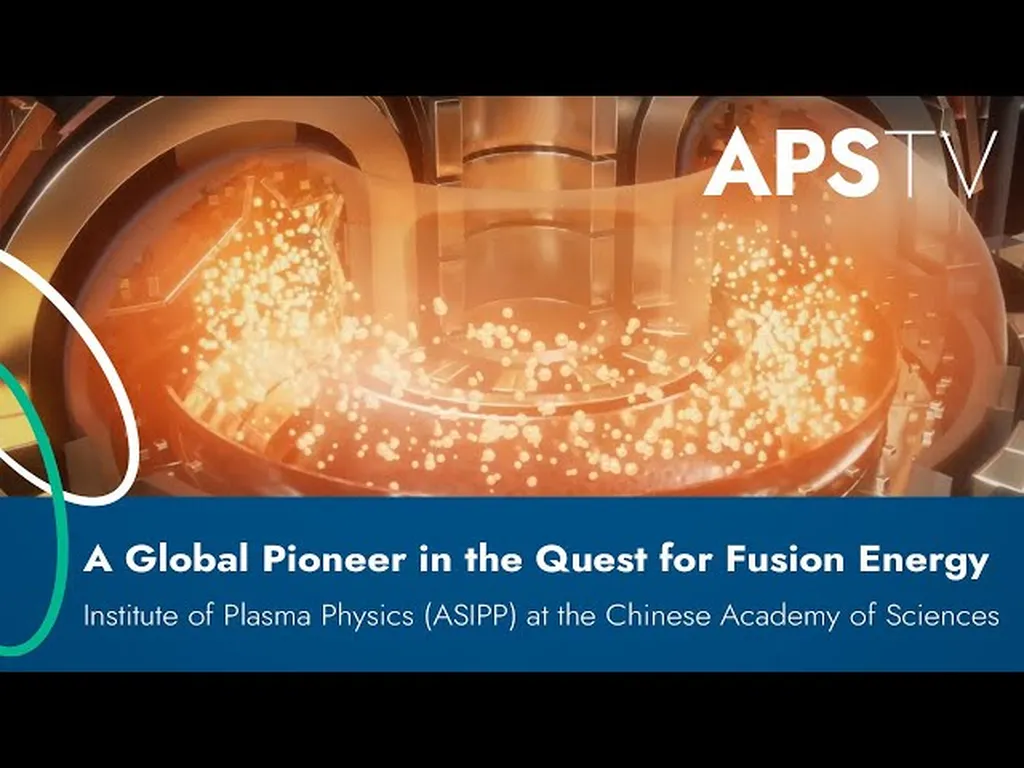In a significant stride toward harnessing the power of fusion energy, researchers at the Institute of Plasma Physics, Chinese Academy of Sciences (ASIPP) in Hefei, China, have uncovered intricate dynamics within the Experimental Advanced Superconducting Tokamak (EAST). Their findings, published in the journal “Nuclear Fusion” (translated from the original title), shed light on the complex interplay of instabilities and particle acceleration, offering crucial insights for the future of fusion reactors.
The study, led by Dr. Liqing Xu, details the first observation of a central ion temperature peaking (Ti-peak) regime within EAST, achieving an impressive ion temperature of 9 keV. This breakthrough was accomplished through a combination of high-power neutral beam injection and argon (Ar) injection. The Ti-peak regime revealed a symphony of instabilities across different scales, including fishbone (FB) and long-lived mode (LLM) instabilities, which were found to suppress ion-scale turbulence and flatten the core current density profile.
Dr. Xu explained, “Understanding these multiscale physics is crucial for managing fast particles in tokamaks, which is essential for both the safe operation of devices and optimal plasma performance.”
One of the most intriguing findings was the core-edge coupling mechanism, where edge fast-ion-driven high-frequency magnetic fluctuations were modulated by an n = 0 low-frequency mode excited by core sawtooth crashes. This discovery highlights the intricate connections between different regions of the plasma, a factor that will be vital for the design and operation of future fusion reactors.
Moreover, the study observed that Ar injection induced the generation of fast electrons in the region around ρ ≈ 0.4, adding another layer of complexity to the understanding of plasma behavior. These findings have immediate implications for the management of alpha particles generated by fusion reactions, a critical aspect of achieving sustainable and efficient fusion energy.
The research underscores the importance of multiscale physics and core-edge coupling dynamics in the pursuit of fusion energy. As Dr. Xu noted, “These observations provide a deeper understanding of the processes involved in plasma confinement and stability, which are key to advancing fusion energy technology.”
The insights gained from this study are poised to shape the development of future fusion reactors, offering valuable guidance for managing the challenges posed by fast particles and ensuring the safe and efficient operation of these advanced energy systems. As the world looks toward a future powered by clean and sustainable energy, the work of Dr. Xu and his team at ASIPP represents a significant step forward in the quest for fusion energy.

